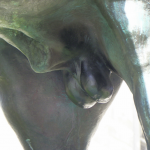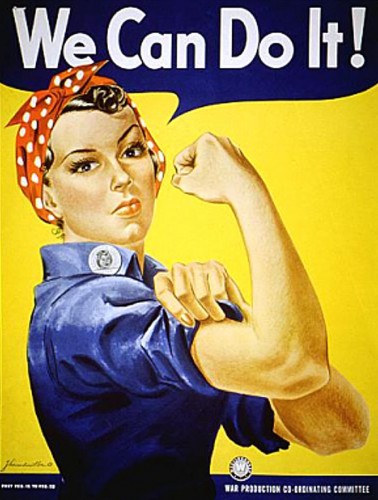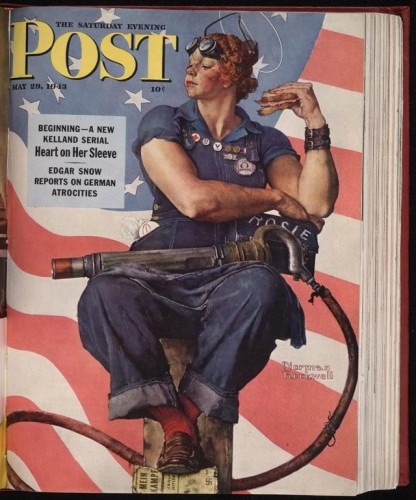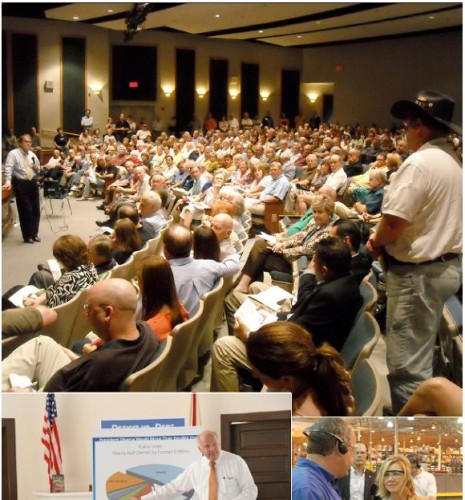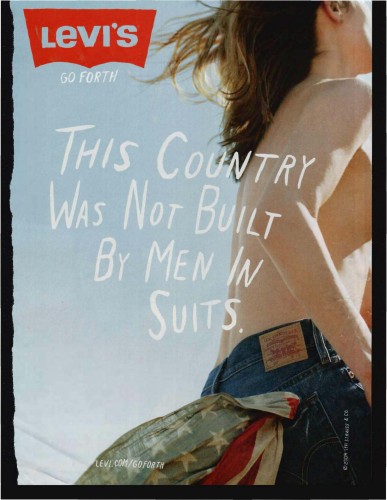Jane Mayer’s recent book Dark Money: The Hidden History of the Billionaires Behind the Rise of the Radical Right is a powerful account of how the Right influences public opinion via a network of think-tanks, lobbyists and other forms of direct and indirect funding in the guise of objectivity, but which in fact support right-wing values.
As someone with an interest in masculinity, one name that jumped out of Mayer’s book at me was Harvey Mansfield, a Harvard professor of government and author of Manliness published in 2006 by Yale University Press. Mansfield’s book is a lament to the loss of manliness in contemporary society (a state of being he traces back to the ancient Greeks and follows through to Rick in Casablanca), which is being eradicated by a “gender neutral” ideology. In short, Manliness is a manifesto for normative masculinity.
It always seemed curious to me why Manliness was ever taken seriously by such a prestigious publisher as Yale University Press when its argument was so outdated relative to most academic discourse on masculinity, combined with the fact that Mansfield had little research track record in the subject. Mayer’s book offers two facts that can be speculatively connected to address this curiosity.
Mansfield is cited in Dark Money as being one of numerous professors who received funding from the Olin Foundation, a trust established to promote freemarket ideology and other conservative ideas on America’s campuses. Mayer does not state that Manliness was funded by the Olin Foundation, but later she quotes Steve Wasserman of Yale University Press, who noted how the Right saw the value of funding books, whereas the philanthropic Left did not assign the same value.
In general, funding, either in full or in part, can make a substantial difference to the economic viability of a book for a publisher. In normal circumstances this is called a “subvention,” and while many believe this to be a sign of vanity publishing, it is a reality of academic publishing. Academic books in some circumstances (and in particular, some subjects), can be fully funded, which can only have a positive influence on whether or not the book sees the light of day.
But what of it? What does it really matter if a book peddling antiquated ideas about masculinity is published? First, anything published by Yale University Press is going to be taken seriously. Further still, the support network around Mansfield and his ideas made sure that his book received more media attention than most other books on the subject that were of greater merit. Second, if we look at Google search trends we can see some interesting changes, keeping in mind that correlation does not (necessarily) imply causation. Consider the following chart that looks at the popularity of the term “masculinity” relative to “manliness”:
In 2005 there was a high usage of the term “masculinity” and very little usage of the term “manliness.” In 2006 there was a massive spike in the term “manliness” which immediately matches that of “masculinity.” 2006 was the year of publication of Mansfield’s Manliness. Certainly, that spike of activity swiftly drops off, but it slowly builds again until around 2011 when manliness again surpasses masculinity and this remained the case until very recently.
It is reasonable to assume that the 2006 spike in search activity using “manliness” was down to Mansfield’s book. It is less reasonable to say that the slow increase in the use of the term was discussion of Mansfield’s book, but it may well have planted a seed that might not otherwise have grown.
Do not make the mistake of thinking these are different but value-free words for describing the same thing. In general, people who use the term “manliness” are referring to a fixed and essentialist idea of sex and gender (usually glossing over the distinction between the two), whereas the use of the term “masculinity” accommodates a critique as well as celebration of normative masculinity.
And do not make the mistake of thinking this is just about sex and gender. In his book The Political Mind, George Lakoff shows how manliness (which he describes as the “strict father model”) is one of the most basic metaphors we use for constructing national identity. Lakoff actually cites Mansfield’s Manliness as being written to cement the conservative strict father model in order to consolidate conservative political power.
Locating the strict father model as one of the core metaphors of the political mind adds further understanding to how masculinity has played out in the 2016 presidential campaign. Numerous articles on this subject are chronicled at the excellent Presidential Gender Watch project which mostly argue how Trump has appealed to a specific model of masculinity in his speeches. Yes, these speeches reveal an unsavory streak of misogyny in Trump, and yes, they reveal him to be capitalizing upon a perceived crisis of masculinity, particularly among the working class. However, an explicit appeal to masculinity also mobilizes that strict father model, which enables Trump to draw on the traditional conservative base even as he critiques it.
It is also worth considering how these deep metaphors play out in the Democratic imagination. Opposite the strict father model of the conservatives, Lakoff identifies the “nurturing parent model” of the progressives. According to Lakoff, Democrats should appeal to the nurturing parent metaphor at all times. However, one could argue that despite Clinton’s playing the “woman card” her style is more that of the strict father than the nurturing parent, again appealing to that traditional conservative base. So who is the nurturing parent? As Obama quipped in his final correspondents’ dinner speech about Malia wanting to go to Burning Man, “Bernie might have let her go. Not us.”


